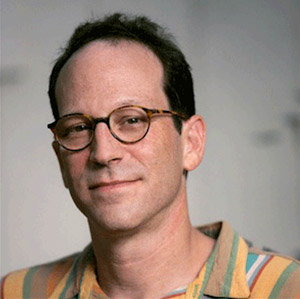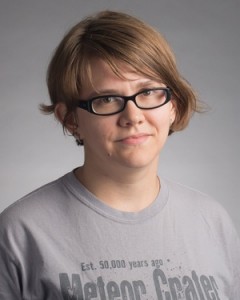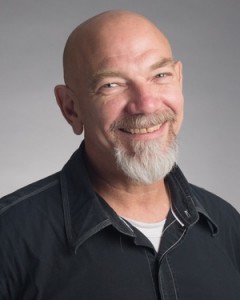Science Journalists Sharpen Their Edge at MIT
-
-
slice.mit.edu
Filed Under
Recommended
For 32 years, about a dozen science writers have join the community as Knight Science Journalism at MIT fellows each year. So far, that’s 320 journalists. For nine months, they get a fresh whiff of science-in-the-making through course work, field trips, and workshops, dig into emerging research, and learn skills such as audio storytelling.
You can learn about this year’s class of 11 journalists in interviews by Emily Hiestand, communications director of the School of Humanities, Arts, and Social Sciences, which is home base for the program. Here are excerpts from several interviews:
Scott Huler, author of six books, is taking a modern walking expedition through the Carolinas, retracing the 1700-era journey of explorer John Lawson and documenting it online.
How does the proliferation of social platforms—Twitter, Tumblr, Facebook—and digital storytelling tools—embedded video, slideshows, podcasts—change the way you conceive of your work as a journalist?
I like to tell people I want to be like Batman: to have the complete utility belt, with every tool imaginable to do my job. My project this year has enabled me to do that. I designed the Lawson Trek website, and as I do my research and take my treks into the field, I update the site constantly. All these new tools and platforms are exactly why I’m able to retrace a 300-year-old journey yet keep the storytelling in the moment.
I’ve posted blogs from my tent on barrier islands, shared Instagram pictures from a canoe, produced and shared video from picnic tables. I think my 18th-century subject, John Lawson, would have used these tools had they been available. The whole point for him—and for me—was to learn what was out there and share that information. For him, that meant publishing a book eight years after his fact-finding journey. For me, it means a book, eventually...but also a steady flow of images, sounds, and impressions as I discover them.
Olga Dobrovidova is a news reporter and producer based in Moscow, Russia.
Does the practice of science journalism differ in Russia from the U.S. or is it similar?
I think the biggest distinction lies in the fact that most Russian scientists now have little-to-no incentive to talk to journalists. Media attention doesn’t help them get grant funding or personal perks—if anything, it can bring trouble—and the American sentiment that government-funded research institutions should be accountable to taxpayers is not one shared by either the Russian government or those taxpayers.
Add a lack of infrastructure for science communication (most Russian research institutes have neither press offices nor Public Information Officers), and it can be a very challenging environment for a journalist. Of course, this only makes the great Russian science journalists out there even greater.
Bob Young is a staff reporter at The Seattle Times, where he covers marijuana as Washington state creates history by legalizing production and sale of the drug.
What has been the focus of your research during your fellowship? Why is this issue important to you and for the public?
Legal marijuana is poised to spread across the US. Then what?
Partisans on both sides of this emotionally charged debate have demonstrated they will pounce on any science—and even distort it—to make their case. I aim to be a journalist, in the thick of the fray, who can tell what's real and what's myth, what's correlation and what's causation, especially in the realm of marijuana's impact on the developing brains of teens.
From neuroscience classes to medical-evidence workshops—and much more—the MIT fellowship has propelled me toward my goal of becoming the best-informed reporter on the beat.
Read the full interviews and find links to the journalists’ work.










